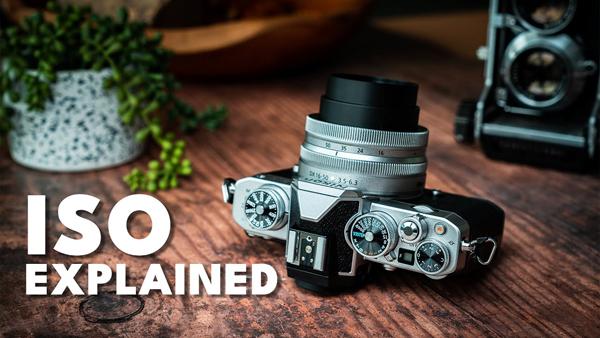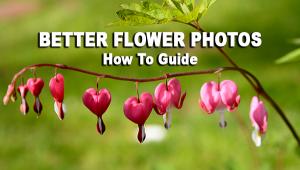ISO Explained: How to Get the “Look” You Want (VIDEO)

Earlier this week we posted a beginners guide to manual photography, demonstrating how to take control of exposure yourself, rather than letting your camera make the decisions. Today we’re taking a deeper dive into ISO settings, so you’ll understand how the choice you make affects the look and quality of your images.
Most of you know about the Exposure Triangle—a graphic representation of the three components of exposure. ISO is perhaps the easiest of the three to use and understand—the other two being aperture and shutter speed.
This tutorial comes from our friends at Park Cameras, one of the leading photo retailers in the UK. In less than five minutes you’ll learn how ISO works, the way it can be used to control various aspects of your photos, and why raising this setting above recommended levels can degrade image quality.

Instructor Gareth Evans explains the simple concept like this: “ISO controls how sensitive your camera’s sensor is to light, as well as how much digital noise is added to an image.” Evans includes a link beneath the video to his lesson on shooting in manual mode, so you can watch that in addition to the tutorial we mentioned above.
The lower the ISO, the less sensitive a sensor is to light. Conversely, high ISO settings typically used for low-light photography or shooting hand-held with long lenses, amplify a sensor’s sensitivity to light. And like many aspects of photography, there are important compromises to consider.
Evans explains why he tries maintain a setting in the range of ISO 100-3200, and discusses when pushing the limits further may be worth losing a bit of image quality. Another important consideration is the ISO range of your camera, because newer models offer upper limits that were unheard of just a few years ago.

Understanding the ramifications of ISO settings is not only important for shooting in manual, and has implications of how your images will look in semi-automatic exposure modes too.
You can find a variety of helpful tips on the Park Cameras YouTube channel, so be sure to check there often.
And don’t miss the beginners guide to manual photography that we posted a few days ago.
- Log in or register to post comments









































